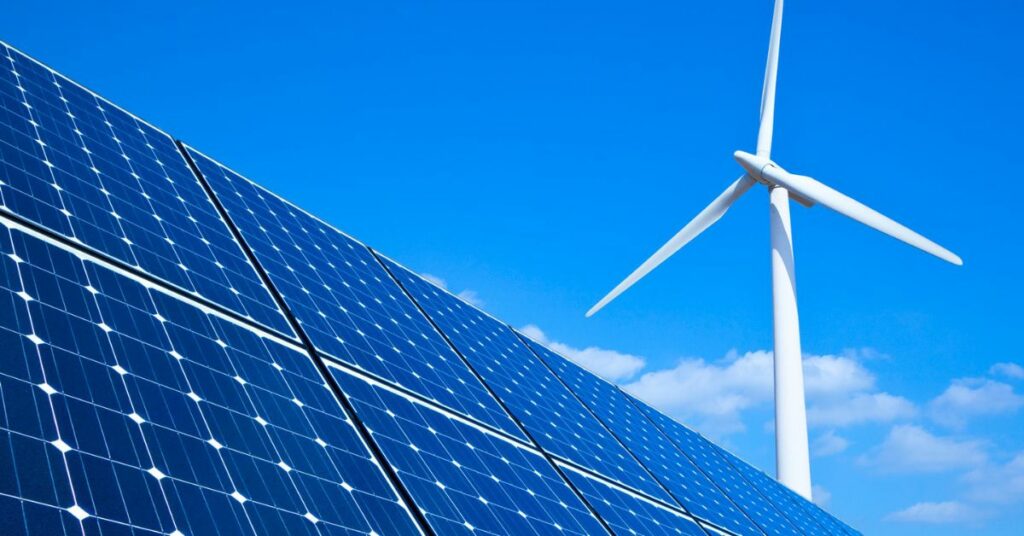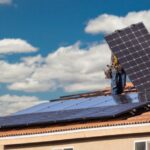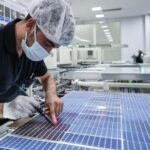Having access to dependable energy sources during emergencies and natural disasters might be the difference between life and death. However, conventional energy sources are often disrupted during emergencies, leaving communities in darkness and exacerbating dire situations.
Natural catastrophes like hurricanes, earthquakes, and wildfires can leave some towns without power for days or even weeks. In these circumstances, advanced solar products have proven to be a dependable and environmentally friendly way to supply desperately needed electricity.
Solar energy solutions are vital to power gadgets and lights at some stage in screw-ups, giving humans the power they need in difficult situations.
These devices, which give a sense of balance and security in the midst of chaos, have the power and dependability to enhance the lives of human beings impacted by the aid of failures considerably.
Disaster Resilience
Disasters, along with hurricanes, earthquakes, and floods, can cripple conventional electricity infrastructure, leaving communities without electricity for days or even weeks. However, sun power structures are inherently resilient, as they are decentralized and may perform independently of the grid.
Even in the face of intense climate conditions, solar panels can continue to generate energy, supplying a dependable source of energy when it’s needed most.
This disaster resilience is crucial for important services such as hospitals, emergency response facilities, and communication networks, which depend on uninterrupted power supply to save lives.
Solar Energy Solutions
Solar power is the answer that encompasses a huge variety of technology designed to harness the sun’s strength and convert it into electricity or warmness. Solar panels, or photovoltaic (PV) cells, are the most common form of solar power technology, shooting daylight and converting it into usable power.
These panels may be mounted on rooftops, ground mounts, or included in constructing materials, presenting a versatile and scalable answer for electricity generation.
In addition to solar panels, solar thermal systems may be used to generate heat for water heating, space heating, and commercial processes, further increasing the scope of sun-energy applications in disaster relief efforts.
Emergency Lighting
One of the most on-the-spot desires at some point of a disaster is access to lights, mainly throughout the nighttime or in areas with restricted natural light. Solar-powered lighting fixtures provide a sensible and sustainable solution to this challenge, presenting illumination without the need for grid strength or fuel.
Solar lanterns, flashlights, and streetlights may be deployed fast and without problems in affected areas, ensuring protection and safety for residents and comfort people alike. Solar electricity is frequently equipped with rechargeable batteries, letting them shop for items that can help them and offer them assistance when they need it the most.
Sustainable Disaster Relief
In addition to offering on-the-spot help during emergencies, solar-powered devices make a contribution to disaster relief efforts in the long term. Unlike fossil gasoline-based mills or conventional grid infrastructure, solar electricity structures have a minimum environmental impact and can be deployed in far-off or off-grid areas without problems.
This makes them perfect for powering transient shelters, clinical clinics, and community centers in catastrophe-affected regions, enabling communities to rebuild and get better in a sustainable and resilient way.
Solar-Powered Devices
These devices come in various forms and serve a multitude of functions in disaster alleviation situations. Portable sun chargers and power banks permit individuals to recharge their electronic gadgets, consisting of emergency lighting, telephones, and radios, retaining them linked to vital facts and communication channels.
Solar water purification systems offer entry to clean ingesting water, mitigating the risk of waterborne sicknesses after a catastrophe. Moreover, solar-powered cookstoves provide a green solution for meal preparation, reducing reliance on scarce gas resources and minimizing environmental pollutants.
Solar-Powered Devices for Practical Applications
These solar products offer practical solutions for various disaster scenarios, providing essential services, communication, and lighting when conventional infrastructure fails.
Disaster Situation |
Solar Product |
Utility |
| 1. Power outage | Solar lanterns | Provide immediate lighting in homes, shelters, and evacuation centers during nighttime or power outages |
| Portable solar chargers | Recharge essential electronic devices such as phones, radios, and GPS units to stay connected | |
| 2. Limited access to clean water | Solar water purification systems | Purify contaminated water sources, ensuring access to clean drinking water in disaster-affected areas |
| 3. Communication breakdown | Solar-powered radios | Maintain communication channels with emergency services, relief organizations, and affected individuals |
| Solar-powered communication towers | Restore cellular and internet connectivity in areas with damaged infrastructure | |
| 4. Medical emergencies | Solar-powered medical equipment | Power medical devices, such as oxygen concentrators and refrigeration units, in remote medical facilities |
| 5. Infrastructure damage | Solar-powered generators | Provide backup power to essential services, including hospitals, water treatment plants, and emergency response centers |
| Solar-powered streetlights | Illuminate streets, pathways, and public spaces, enhancing safety and security during nighttime |
Conclusion
The significance of sustainable disaster relief can’t be overstated. It’s a site in which technology merges seamlessly with humanity, and innovation aligns with compassion. Advocating for more incorporation of sun solutions into catastrophe control plans is vital.
Investing in this sustainable destiny is essential for policymakers, humanitarian people, and folks who envision a brighter the following day. The time to act is now, as we never know when the time’s up.
Let’s unite in advocating for the substantial adoption of solar energy to strengthen catastrophe resilience.
Together, we can forge a path toward a more sustainable, resilient, and compassionate future where communities are empowered to face the storm and emerge stronger in the face of adversity.






